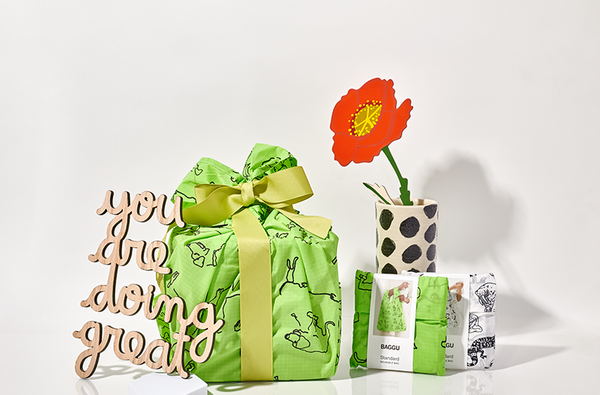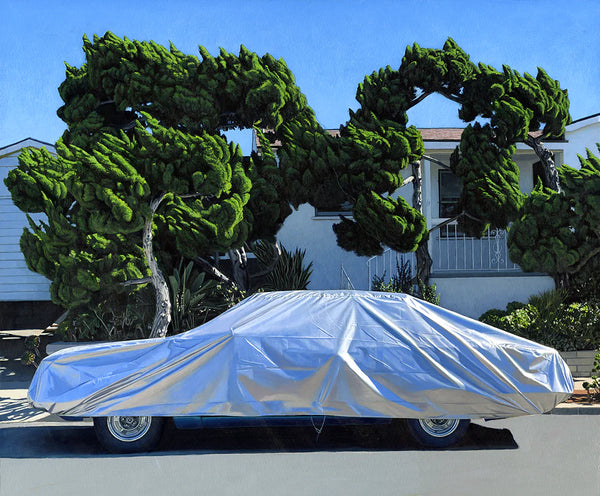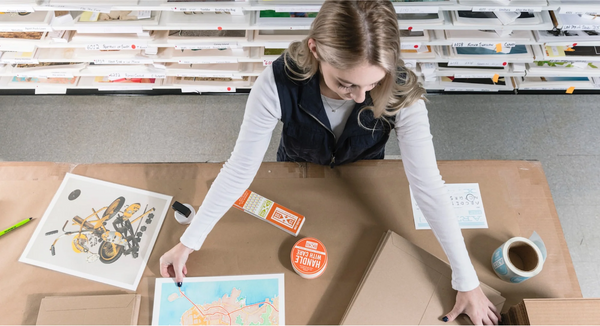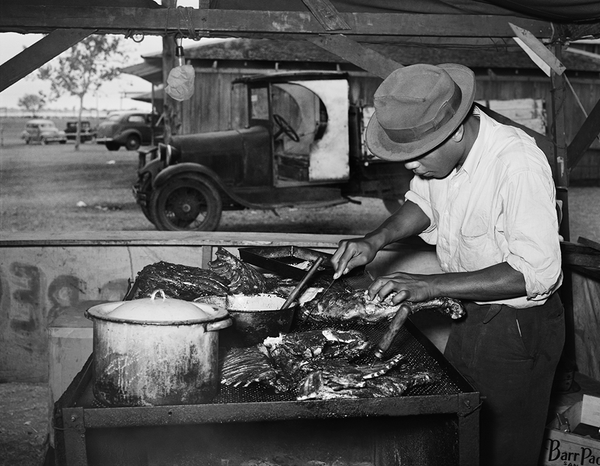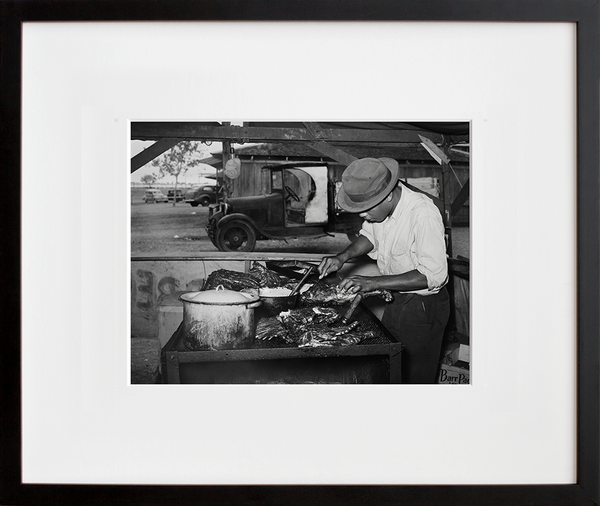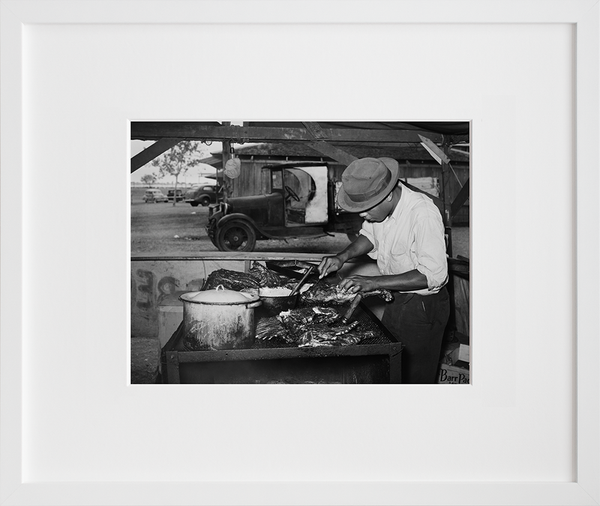This store requires javascript to be enabled for some features to work correctly.
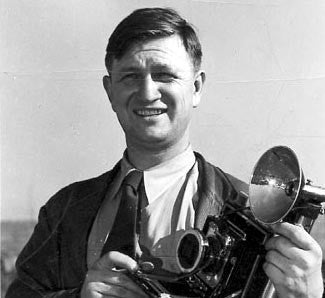
Russell Lee
Russell Lee was an American photographer, widely considered the most prolific staff photographer of the Farm Security Administration (FSA). He focused on communities in his photography, telling the stories of different towns through various series of images.
Lee worked as a chemical engineer before he met his first wife, a painter. Her involvement in the arts sparked his and eventually he began working as a photographer full-time. A year after he bought his first camera, he joined the FSA. During his tenure with the agency, he produced more than 5,000 images. The director, Roy Stryker, described Lee as a "taxonomist": he used his camera to carefully document every element of the scenes he encountered. Because of this, his images were more understated than his colleagues Dorothea Lange and Walker Evans, but when put together, his series of images told powerful stories.
After the Great Depression, Lee and his second wife, Jean Smith, began photographing the removal and confinement of Japanese-American citizens. Lee was deeply troubled by what he saw and believed in the importance of documenting the atrocity. For months, he captured the living and working conditions of the labor camps, resulting in the largest collection of images documenting this aspect of the Japanese American wartime experience.
Lee left the FSA in the early 1940s, photographing for Air Transport Command and later the Department of the Interior. He later became a professor of photography at the University of Texas–Austin before his death in 1986.
Join our mailing list for 15% off
Sign up for our newsletter to get first access to new editions, catch the freshest commentary + features, and snag a special discount.

